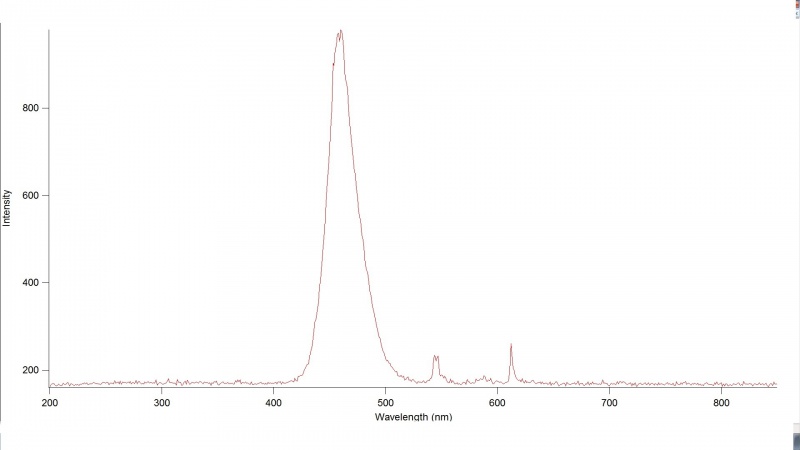Difference between revisions of "Dental curing devices"
(Created page with " Dental curing devices are commonly used by dentists to polymerize resin-based materials. The advancement of these devices have greatly improved dentistry. In the past,...") |
|||
| (7 intermediate revisions by the same user not shown) | |||
| Line 1: | Line 1: | ||
| − | |||
| − | |||
| − | |||
| + | by Saxon Day | ||
| + | |||
| + | Dental curing devices are commonly used by dentists to polymerize resin-based materials. The advancement of these devices have greatly improved dentistry. In the past, dentists had to mix two materials together to create a self-solidifying resin that they would place on the tooth. The resin would solidify within 30-60 seconds causing dentists to have to rush to place the resin on the tooth and properly shape it. If the resin was not properly placed, the dentist would have to start all over again. | ||
| + | The spectrum of light emitted from these devices range from 380 nm to 500 nm. However, most restorative composites used by dentists today consist of a camphorquinone-amine complex initiator, which has a maximum wavelength of absorption of 470 nm. When light from dental cures is emitted, the camphorquinone complex initiator absorbs energy (heat) and reacts with the amine activator. This creates free radicals that then initiate polymerization. | ||
| − | Figure 1.1: A dental curing device was shot at the | + | There are four different dental curing lights that are used: tungsten halogen, light-emitting diode, plasma arc lights, and argon lasers. Tungsten halogen lights are most commonly used. In this light source, an electric current is passed through the tungsten causing it to heat to 2727 C. The tungsten releases visible and infrared radiation, which are absorbed by the composite. LED lights, on the other hand, have a much narrower emission spectrum than tungsten halogen lights. This narrower spectrum makes it difficult to cure many different types of composites. |
| + | |||
| + | [[File:Dent1.jpg|800px]] | ||
| + | |||
| + | Figure 1.1: A dental curing device was shot at the Red Tide USB650 UV and the intensity of the light was recorded. The device emitted a maximum wavelength around 470 nm, which would be optimal for the camphorquinone composite that most dentists use. | ||
Latest revision as of 21:46, 1 February 2018
by Saxon Day
Dental curing devices are commonly used by dentists to polymerize resin-based materials. The advancement of these devices have greatly improved dentistry. In the past, dentists had to mix two materials together to create a self-solidifying resin that they would place on the tooth. The resin would solidify within 30-60 seconds causing dentists to have to rush to place the resin on the tooth and properly shape it. If the resin was not properly placed, the dentist would have to start all over again.
The spectrum of light emitted from these devices range from 380 nm to 500 nm. However, most restorative composites used by dentists today consist of a camphorquinone-amine complex initiator, which has a maximum wavelength of absorption of 470 nm. When light from dental cures is emitted, the camphorquinone complex initiator absorbs energy (heat) and reacts with the amine activator. This creates free radicals that then initiate polymerization.
There are four different dental curing lights that are used: tungsten halogen, light-emitting diode, plasma arc lights, and argon lasers. Tungsten halogen lights are most commonly used. In this light source, an electric current is passed through the tungsten causing it to heat to 2727 C. The tungsten releases visible and infrared radiation, which are absorbed by the composite. LED lights, on the other hand, have a much narrower emission spectrum than tungsten halogen lights. This narrower spectrum makes it difficult to cure many different types of composites.
Figure 1.1: A dental curing device was shot at the Red Tide USB650 UV and the intensity of the light was recorded. The device emitted a maximum wavelength around 470 nm, which would be optimal for the camphorquinone composite that most dentists use.
